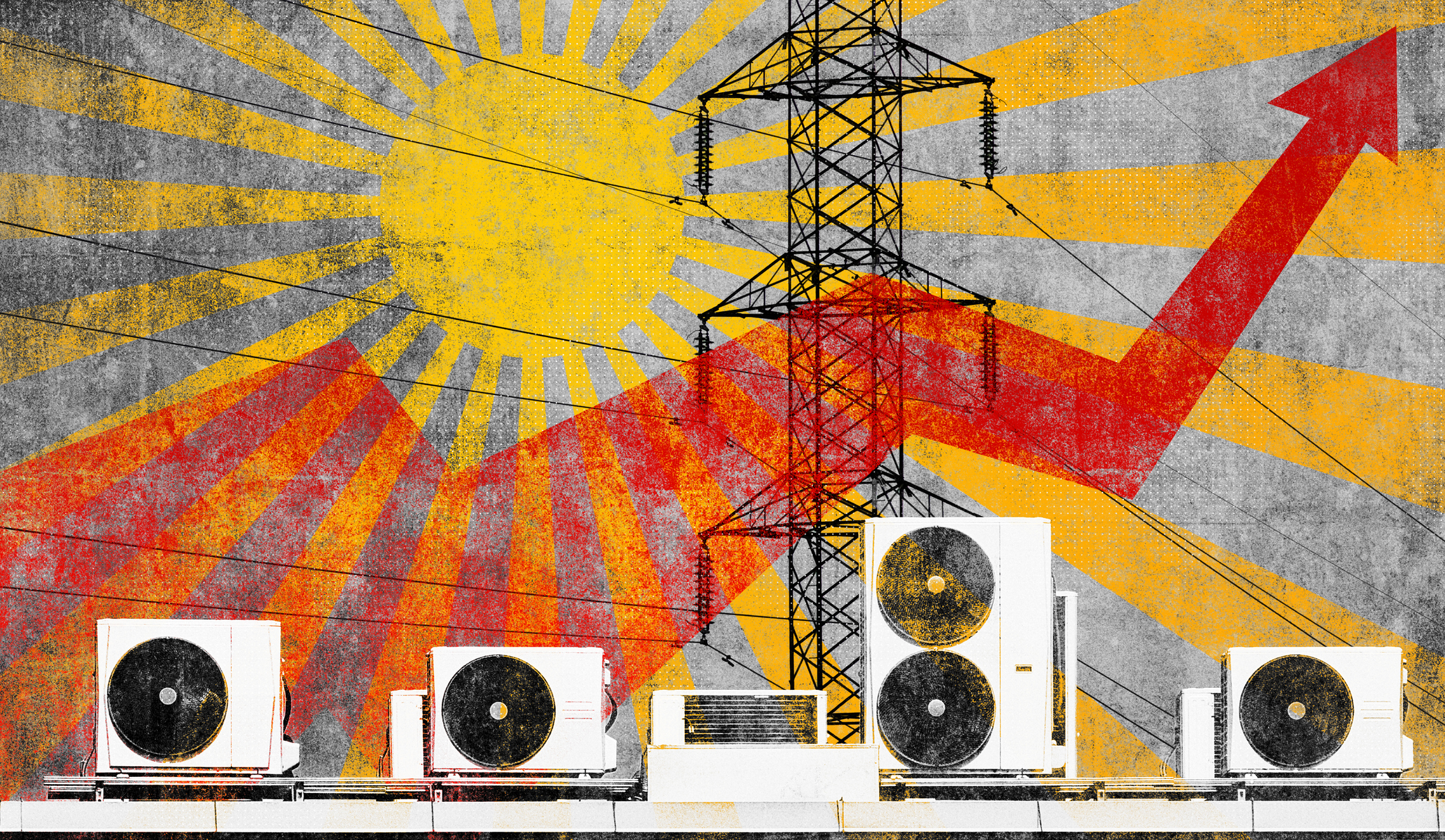This Friday is National Bike To Work Day, which, as the name suggests, is an opportunity to celebrate a healthier and more environmentally friendly mode of transportation. I ride my bike often, even more so before coming to work at a remote-first company. As a carbon-free alternative to transportation, bicycles aren’t just a fun way to commute, but beneficial tools in the fight to meet the decarbonization goals necessary to protect the environment. For example, altogether bicycles save over 238 gallons of gas annually, which minimizes the harmful greenhouse gasses that contribute to climate change. For comparison, fossil fuel-powered vehicles in the U.S. used around 392 million gallons per day in 2018; finding low-carbon alternatives is crucial to mitigating the effects of climate change!
From Driving To Pedal Power
Before we go on, a little about my passion for cycling. Traveling abroad to visit my sister in Cambridge, England, I was inspired to learn that the city center does not allow cars, and 50% percent of residents bike at least once a week. Growing up in the U.S., the only cyclists I’d encountered were hobbyists, so seeing regular, everyday folk hit the street to travel was eye-opening. Returning home, I had to re-evaluate my own experience: should I buy a vehicle to get around college, rely on public transportation, or find an alternative? Ultimately, navigating a tight budget was what first led me to ditch fossil fuels and hit the street on my bicycle.
While I’ve owned vehicles, they’re expensive to maintain, with estimates from the Bureau of Transportation Statistics indicating an average cost per 15K miles per year of a little more than $10K. My vehicle at the time was a gas-guzzling older car that my parents helped me buy for $800 when I was in high school, meaning that it would not only require more maintenance but that it could decrease fuel economy without it.
Additionally, combustion engines emit an average of 4.6 metric tons of carbon dioxide annually. Although the U.S. government has tried to minimize emissions by, for example, mandating fuel efficiency, fossil fuels contribute over 75% of all greenhouse gas emissions and around 90% of all carbon dioxide emissions, and I want to minimize my personal contribution to that number.
After picking up a used bike at a garage sale for $60, I left my car behind in 2018 and haven’t looked back. I moved to a centrally located neighborhood, which would allow for foot and bike traffic.
My Ride
In addition to the physical and mental health benefits of riding bicycles, as a form of transportation they are incredibly fuel efficient. As celebrity scientist Bill Nye famously noted, “There is no machine known that is more efficient than a human on a bicycle. A bowl of oatmeal, 30 miles, you can’t come close to that. Put a bowl of oatmeal in your car, you’re not going anywhere, let alone 30 miles. The efficiency is terrible compared to a human.”
– Bill Nye, The Science Guy
Research indicates that pedaling a bike at a reasonable pace generates around 100 watts of power. Since the typical U.S. household uses 1,000 kilowatt-hours per month, that means that cycling for 8 hours a day every day would only generate around 2.4% of your energy needs. While that’s not exactly proof that we can pedal our power, the fact that bicycles contain that much potential energy for such a low amount of energy required is a powerful means of meeting decarbonization goals, personal or otherwise.
Motorized Alternatives
As you could guess, riding a bike isn’t practical for everyone or every situation, although it’s certainly one worth celebrating. As of 2021, there were more than 278 million personal and commercial vehicles registered to drivers in the U.S. Since the current U.S. population is approximately 334m people, that means that more than 83% of all people in the U.S. have vehicles.
Research indicates that only around 1% of all vehicles sold in 2019 were electric vehicles (EVs), which are altogether better for the environment. Fortunately, the EV market continues to grow, especially after the presidential mandate that requires 50% of all vehicles manufactured in the U.S. to be electric by 2030. In spite of the charging needs that EVs require, they still provide a preferable alternative to fossil fuels, especially as distributed energy resource (DER) technologies like solar and battery storage continue to evolve technologically, providing fresh opportunities for utility providers to meet demand while satisfying decarbonization efforts.
For all transportation methods, domestic flights yield the highest carbon footprint with public mass transit and walking or bicycling on the opposite end of the spectrum. Let’s look at a few motorized options to determine which is ideal to help meet decarbonization needs, without further complicating grid resiliency.
E-Bike Facts
As a powered cycling alternative, E-bikes provide an excellent means to get around for folks concerned about their impact on the environment. A study from 2021, found that cyclists had 84% lower CO2 emissions than non-cyclists. According to the EPA, the largest source of carbon dioxide emissions in the U.S.; even replacing just 15% of car trips with E-Bike trips could reduce carbon emissions by an astonishing 12%.
E-Bikes typically charge using a regular wall outlet, just like charging a phone or laptop. A fully depleted E-Bike battery will take 3.5 to 6 hours to charge, but charging time can average to 2.5 hours or less. Even at the longest rate of charging, (and assuming a rate of $0.10/kWh), it will only cost you 5-8¢ for a charge that will last you 20-80+ miles.
A study by the Bureau of Transportation Statistics from 2021 found that 52% of daily trips in the United States including all transportation types were less than 3 miles with 28% of trips less than 1 mile. Only 2% of trips were over 50 miles. Based on those numbers, an E-Bike can easily replace most car trips on a single charge.
Managing EVs
From E-Bikes to EVs to electric public transit, placing more demand on the grid can certainly pose a challenge. Fortunately, as EV devices become increasingly sophisticated, program managers can deploy EVs as grid assets in demand flexibility initiatives like EV-managed charging, virtual power plants, battery programs, and so much more. In fact, EV telematics technologies, which are a feature of many EVs already, provide the data needed to inform and fine-tune your demand flexibility strategies, which can enhance customer satisfaction and engagement, decrease costs on energy spending during peak hours of usage, and strengthen grid resiliency.
Conclusion: How Bicycles Help Decarbonization Efforts
Before we ride off into the sunset, remember that safety is first on any bicycle (or vehicle). Motor vehicles remain in the top two causes of accidental death of children in the U.S., so make sure to wear a helmet, and minimize your risk. Ultimately, the benefits of riding include better physical and mental health, as well as a commitment to satisfying global decarbonization efforts.






